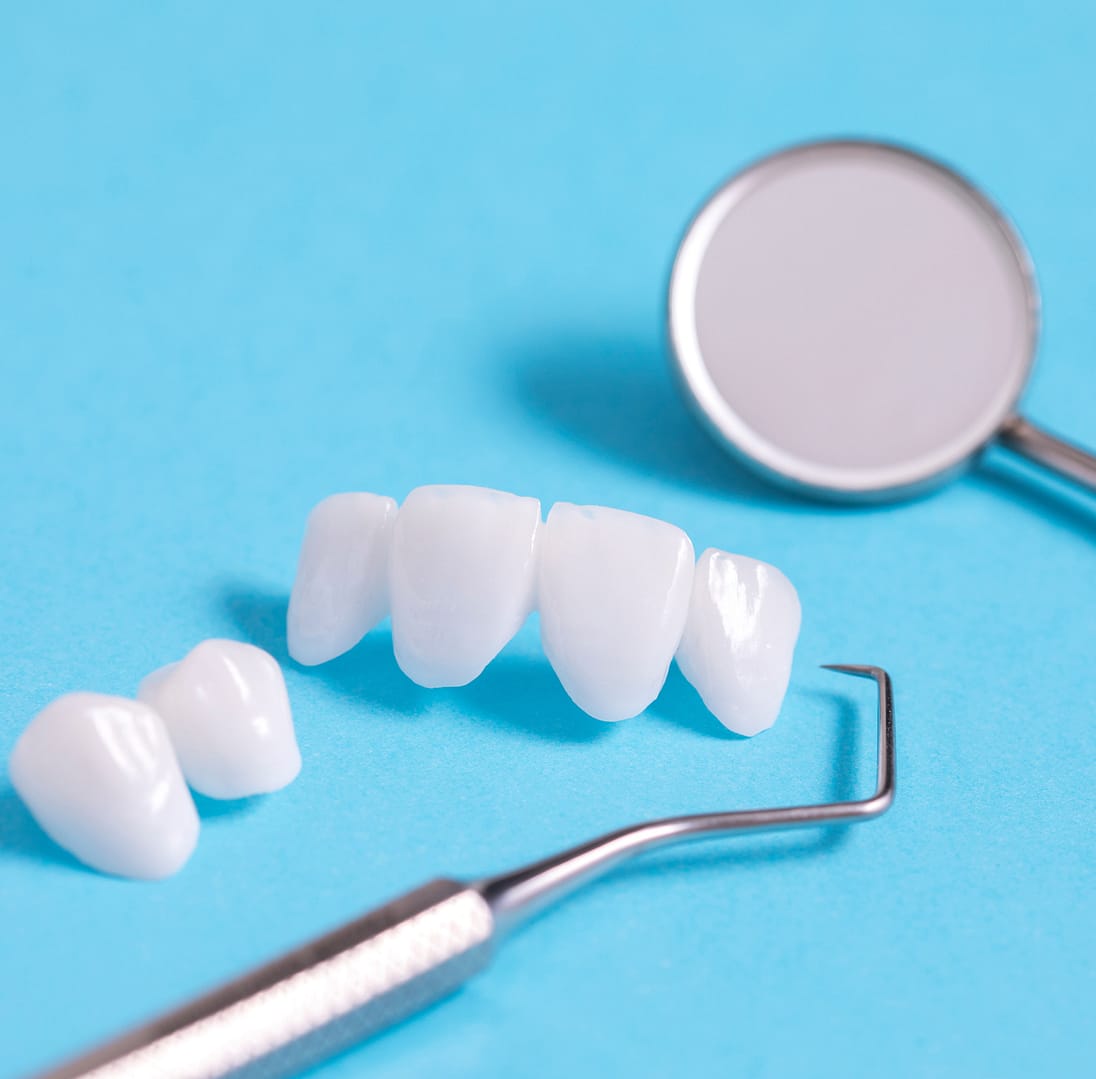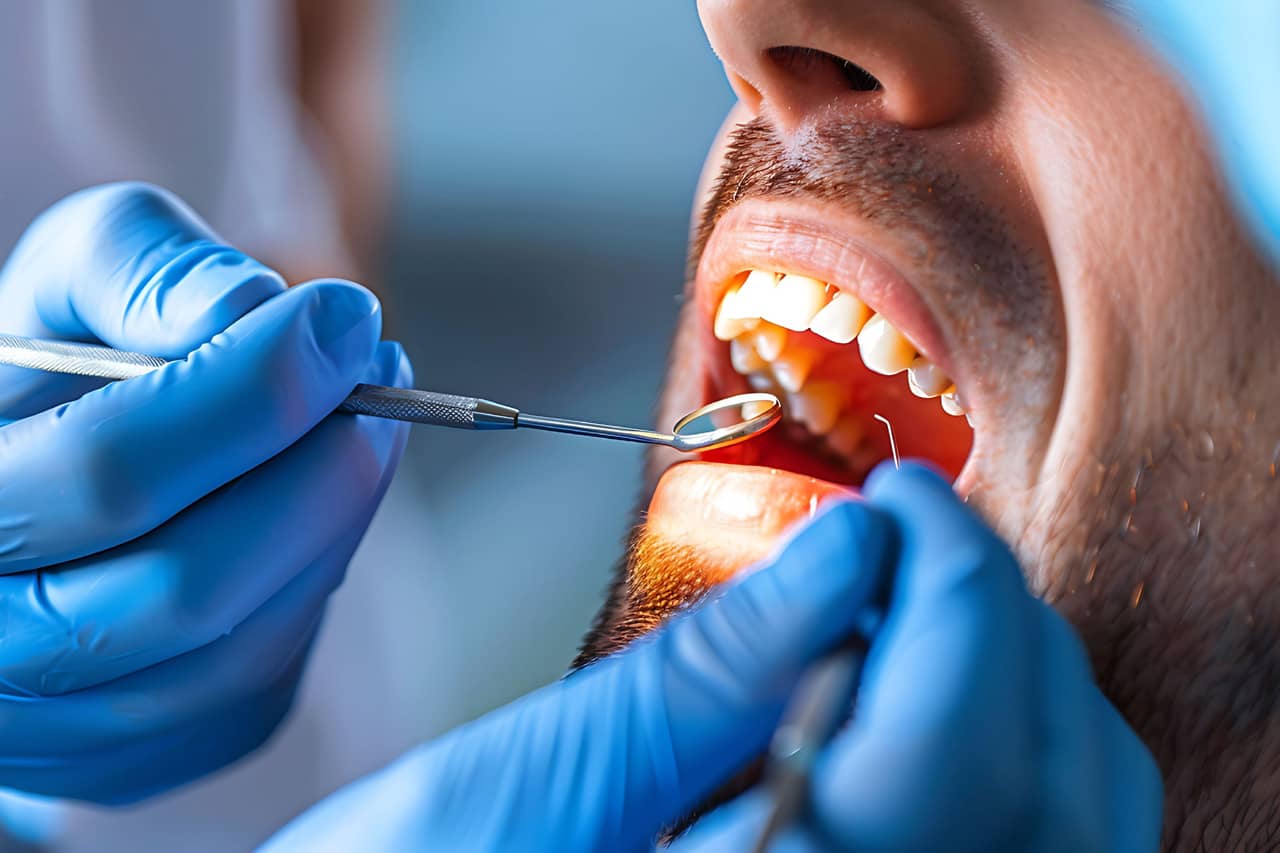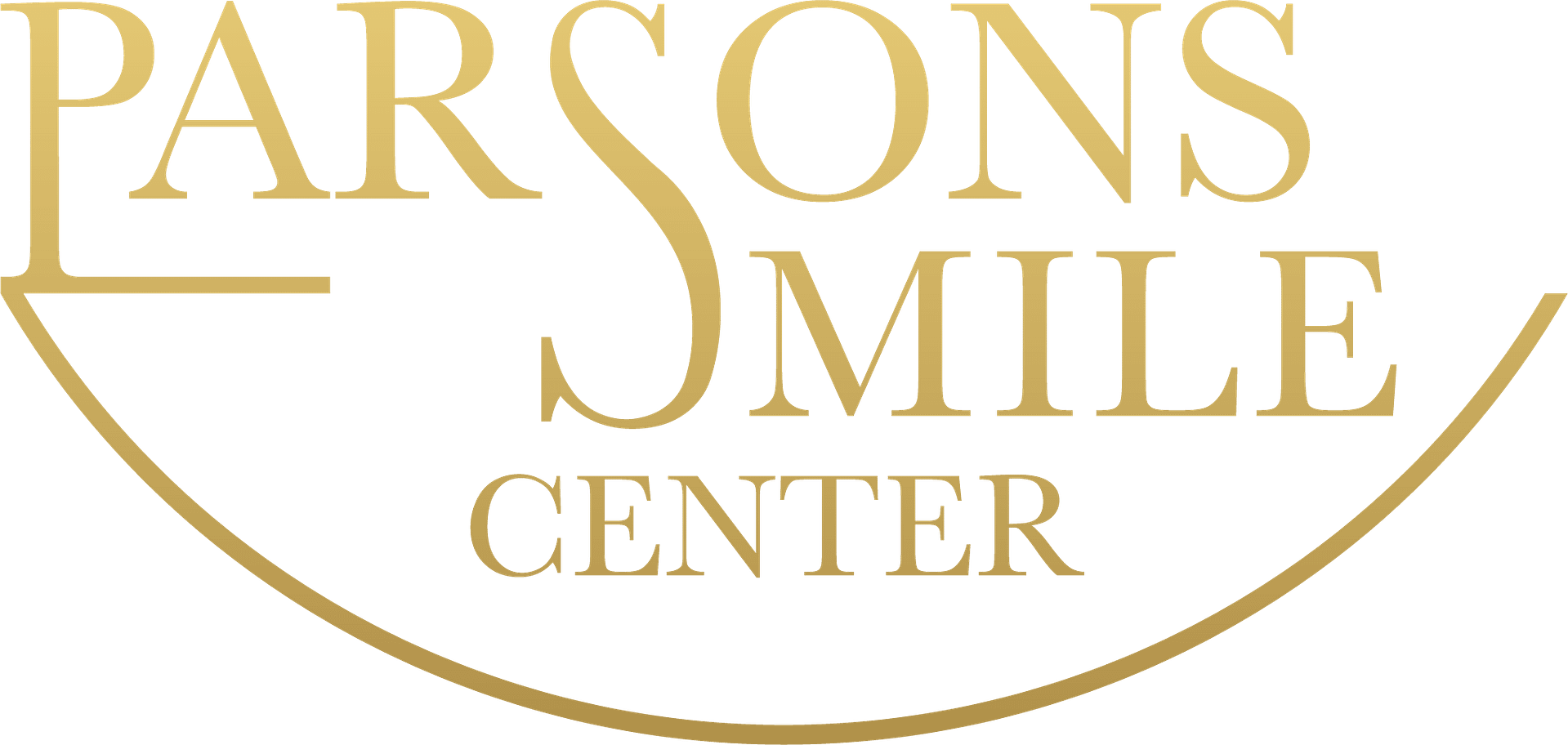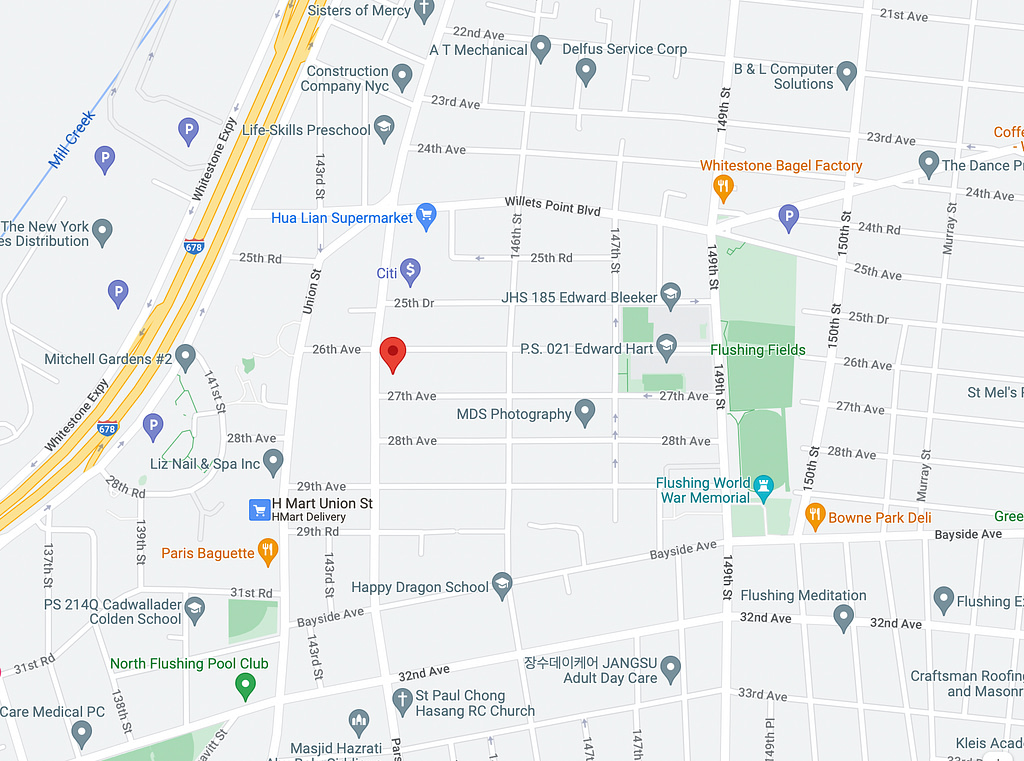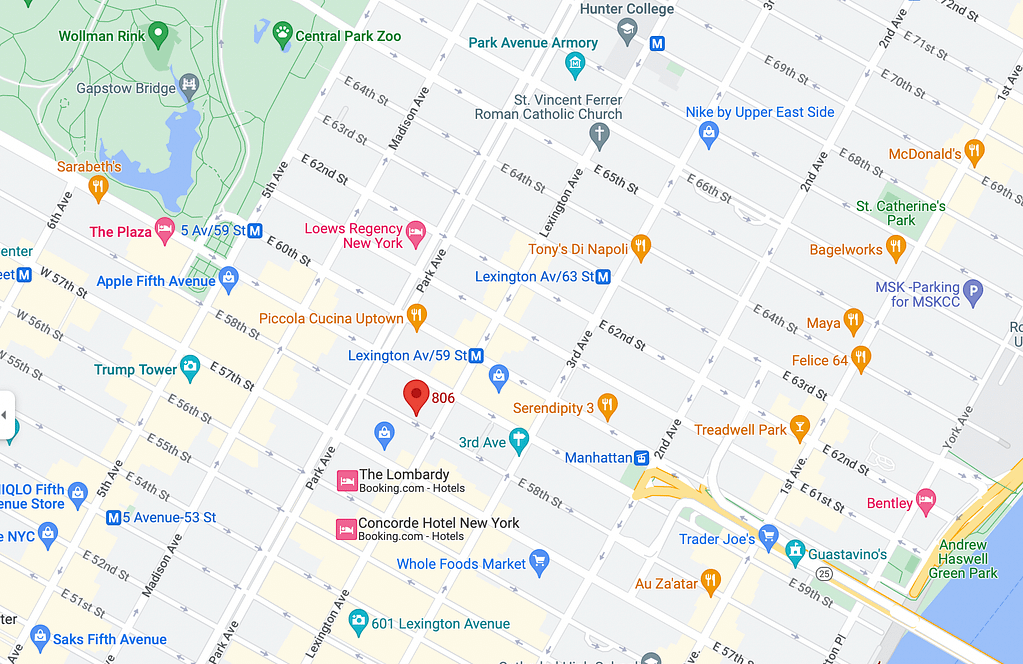
Missing teeth can be frustrating. They may make eating and swallowing more challenging, and you may feel insecure about your smile. This is a common issue, as about 178 million Americans are missing at least one tooth. Fortunately, you have several options to replace these missing teeth, including dental bridges. These appliances bridge the gap in your smile, help improve the functionality of your teeth, and come in four different types: traditional, cantilever, Maryland, and implanted.
At Parsons Smile Center in New York, we can work with you to create a custom bridge that matches your natural teeth so that you can leave our office with a brand-new smile. Dr. Fady Salha has helped New York patients regain their confidence with his unmatched dental services for over 30 years. Therefore, you can trust us to provide the care and compassion you deserve. With our state-of-the-art technology and innovative techniques, we are committed to providing our patients with the best of the best.
4 Types of Dental Bridges
Before moving forward with creating a custom bridge to replace your missing teeth, we work with you to understand your needs and goals for your smile. This helps us determine which type of dental bridge will work best for you and achieve your desired results. The four types of dental bridges include the following:
Traditional
The traditional bridge is the most common type and consists of two dental crowns with artificial teeth between them. We bond the crowns to your natural teeth on both sides of the gap, and the artificial teeth fill it. This is an excellent option if you have healthy teeth on both sides of the missing teeth.
Cantilever
While a traditional bridge uses a dental crown on both sides, a cantilever bridge only uses a cap on one side. We bond the cap to your natural tooth, and the artificial teeth extend across the gap. This type of bridge can be an effective solution for those with only one anchor tooth to support the missing teeth.
Maryland
A Maryland bridge, also known as a resin-bonded bridge, uses metal wings instead of crowns to secure artificial teeth. The wings are bonded to the back of the gap’s neighboring teeth with resin to secure the bridge in place. This type of bridge is often used to replace front teeth or act as a temporary bridge until you can get a permanent implant.
Implanted-Supported
If you have three or more missing teeth in a row, an implant-supported bridge may be the right solution for you. Like a traditional bridge, this appliance sits on top of two teeth on either side of the gap, but an implant-supported bridge uses dental implants instead of your natural teeth. Dental implants are small threaded posts that replace tooth roots. Once the implants have fused to the jawbone, we can place the bridge and fill in the missing teeth. This solution allows you to get fewer implants, put less stress on your jawbone, and have a natural, healthy smile.
Reach Out to a Skilled Specialist at Parsons Smile Center in New York About Dental Bridges
While dental bridges help replace missing teeth, each type helps those with different needs. Therefore, when developing your customized treatment plan, our experienced team at Parsons Smile Center takes the time to understand your dental health, comfort level, and health history. This helps us determine if a dental bridge is right for you and which type would work best. We consider your age, how many teeth are missing, your tooth and gum health, and your personal preference.
With this dedication, you can rest assured you are receiving the best care possible. Whether you are missing one tooth or a row of teeth, our professional team has the skills and knowledge to give you the brand-new smile you deserve. To learn more about dental bridges, give us a call at (212) 223-5100 or fill out our contact form.
